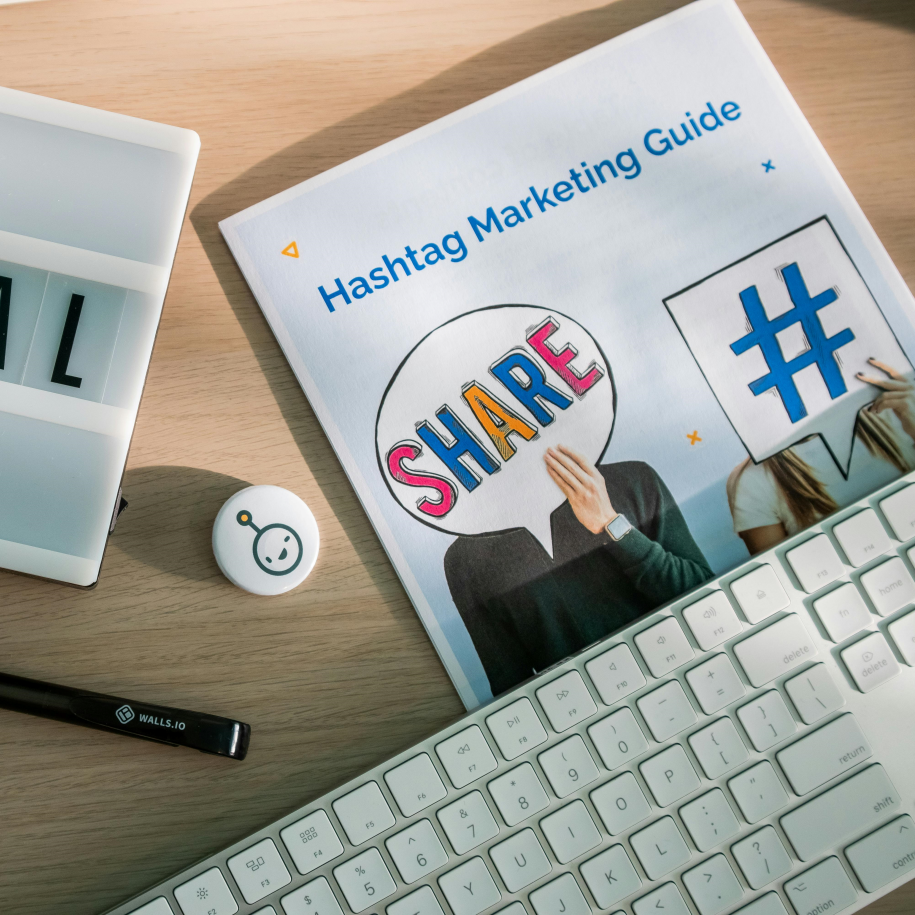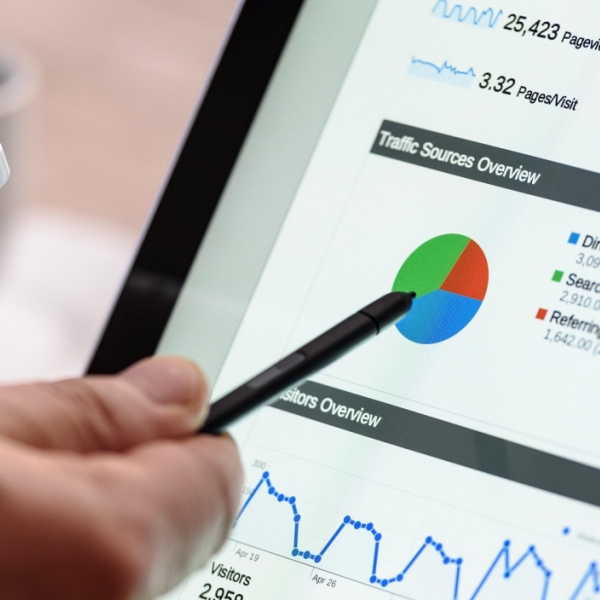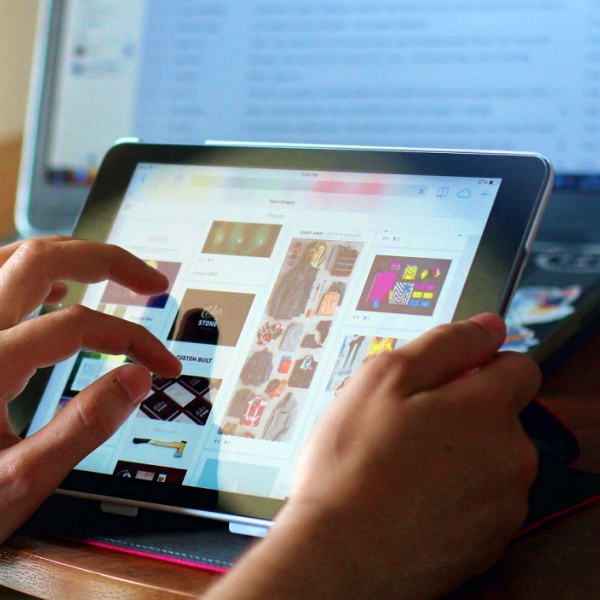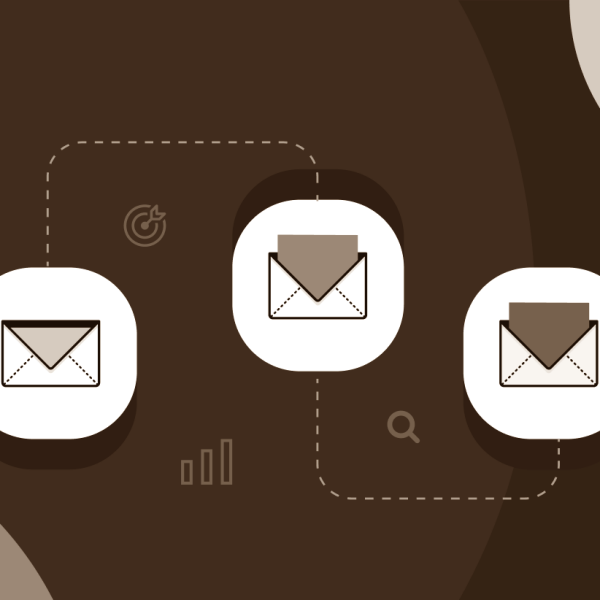
Geofencing may seem complicated at first. But really, it’s another effective way to target specific people in a specific physical location.
What is Geofencing
Geofencing is a marketing solution that creates a “zone of interaction” in a target area.
A fantastic, famous example of this was done by
Burger King and can be found here.
These geofencing “zones” can be created and placed wherever you’d like. This is often around one’s own business, or near a competitor, in order to contact customers in real-time.
Once the zone is established, you are able to ready outputs that are triggered based on your target’s actions.
Typically, these will be ads or notifications sent to the consumer’s mobile phone when the consumer is near, entering, or exiting the zone.
The location of the customer is essential to this whole operation.
This is why these geofencing platforms work in conjunction with cellular carriers. As long as the prospective consumers’ location services are enabled, their data is being shared accordingly.
This data is then given to the program’s software which allows it to know when the user is in the target zone. Once this location data is realized, the desired actions fire and the user is prompted by their app. This entices the user to enter your store, and make a purchase they may not have otherwise made without being prompted to.
On the consumer side, they simply need to have a mobile app (either yours or one of your partners) and enable location services. Once this is completed, they are ready and able to be targeted by geofencing.
Why Should You Use It
Geofencing can improve almost any business because of its variety of uses. From simply sending push notifications to users’ phones displaying ads, to advanced analytical data, almost any business can benefit from geofence solutions.
Display advertising is one of the most common uses of geofencing.
Verizon Wireless, for example, uses geofencing to determine when clients are near the store, and then sends them mobile ads and coupons. This is not an uncommon tactic and gives current as well as potential customers incentive to go in the store.
That’s another potential revenue source they might not have otherwise received.
Another common use of Geofencing is to track the amount of foot traffic and staying time in your business. When users enter the geofencing perimeters, you can essentially start a timer, and when they leave the area, the timer will stop, informing you of how long they were in the store and what areas within the store they visited the most.
Suppose you’re the proud owner of a clothing store. Let’s go with American Eagle. You observe a customer spending a lot of time in the “jeans” section. Using geofencing, in conjunction with some version of a loyalty account tied to consumers, you’ll be able to tell if those jeans were purchased. If they were not, the business can capitalize on this and send targeted coupons or ads to the client, attempting to incentivize the purchase based on data they found with Geofencing.
The manual way is to keep an eye on everyone and hand them physical coupons. The better way is to automatically track hundreds of consumer footprints and make data-driven decisions that help bolster your revenues.
In addition to those tools, Geofencing can be used to track conversions. When the target audience near your business is sent an ad, most geofencing software tracks if that same user acted upon the push notification with a purchase or store entrance.
This can be beneficial to understand which ads are working and which are not and how to improve current or future ads to ensure a higher conversion rate with consumers.
The more effective the ad or deal, the higher the conversion rate, and the more potential for sales.
Geofencing can also be used in competitors’ locations. For example, you could place a zone of interaction in the location of a competitor, to attempt to entice people away from their store and to yours. (We’re going back to the awesome Burker King example here).
While at competitors’ locations, it could be also used to see your competitors’ foot traffic for comparison to see if you are under or overperforming them. This can provide essential data to understand your competition more and know how to best them. There are very few limitations to the geographic areas you can geofence, making it a rather unlimited tool.
Which Geofencing Marketing Agency is Best
Now that we understand Geofencing more, we should find a company that best suits your company and needs. The answer to this will mainly depend on the type of company you have and what you want out of this managed service.
Can they handle the traffic?
The right Geofencing company can vary greatly depending on many factors of your business. If you have a larger business in a more urban area, it is important to find a company that can handle a lot of traffic, ensuring you get the most out of your purchase, losing no potential customers.
Are they efficient with budgets?
In conjunction with size, the ad-spend ability is also important to picking the right agency. Depending on how much you have more to spend on ad campaigns, these marketing services can offer attributes you may or may not need based on your abilities and goals. Understanding all the features and what you are looking for out of these advertising campaigns is necessary to choose the right one for you and your budget.
Reputation, reputation, reputation
Reputability is also an important factor to look for in a good Geofencing marketing agency. Geofencing advertising is not uncommon, but not everyone truly knows how to do it effectively.
Therefore it is important that you choose a company that not only has good reviews, but experience to match. This combination ensures that you and your business will get the most out of this geo-targeting experience and can be assured if any issues arise, they can be resolved efficiently.
Need help with your Geofencing Campaign? We’re but a phone call or form-fill away 😉










